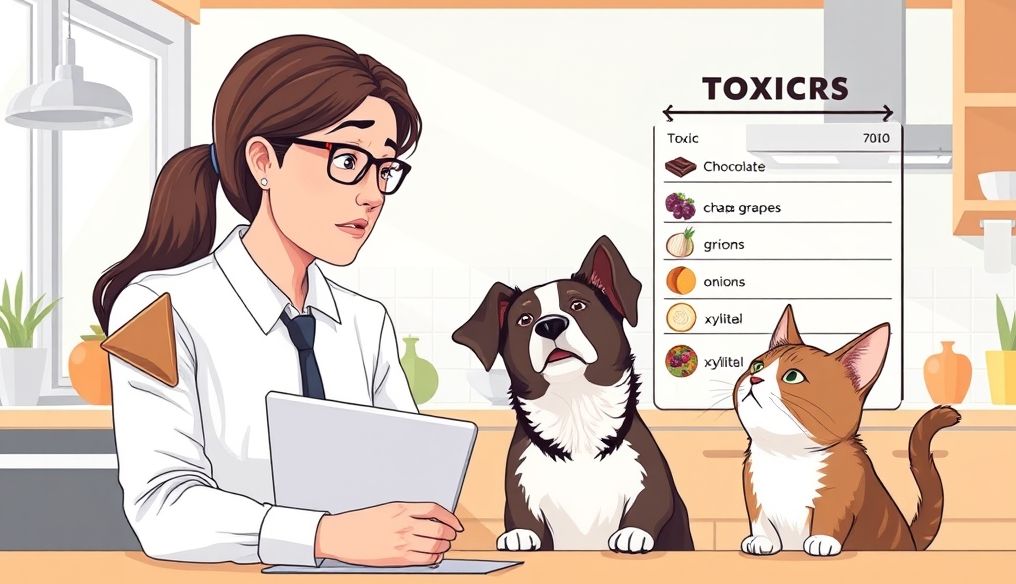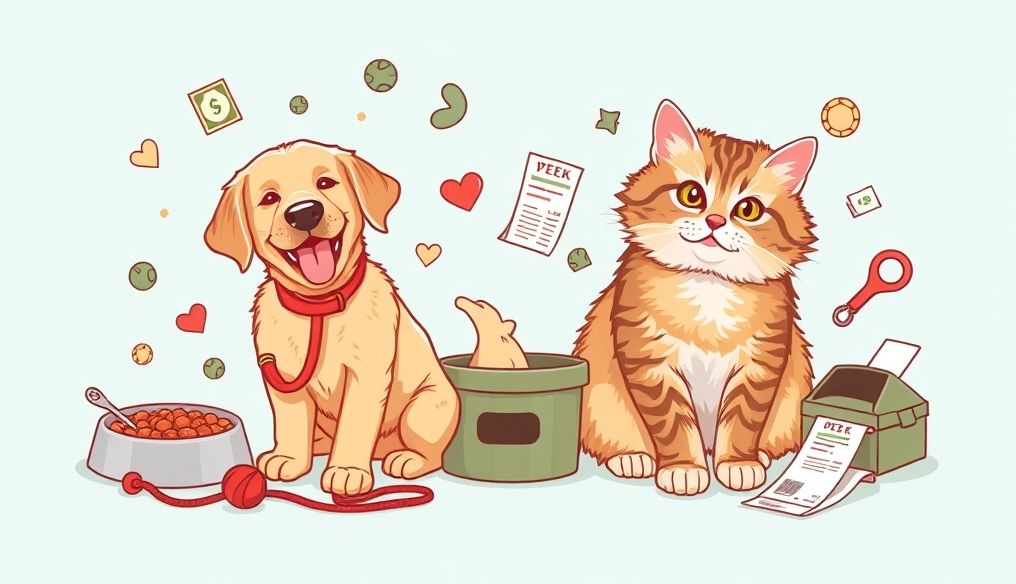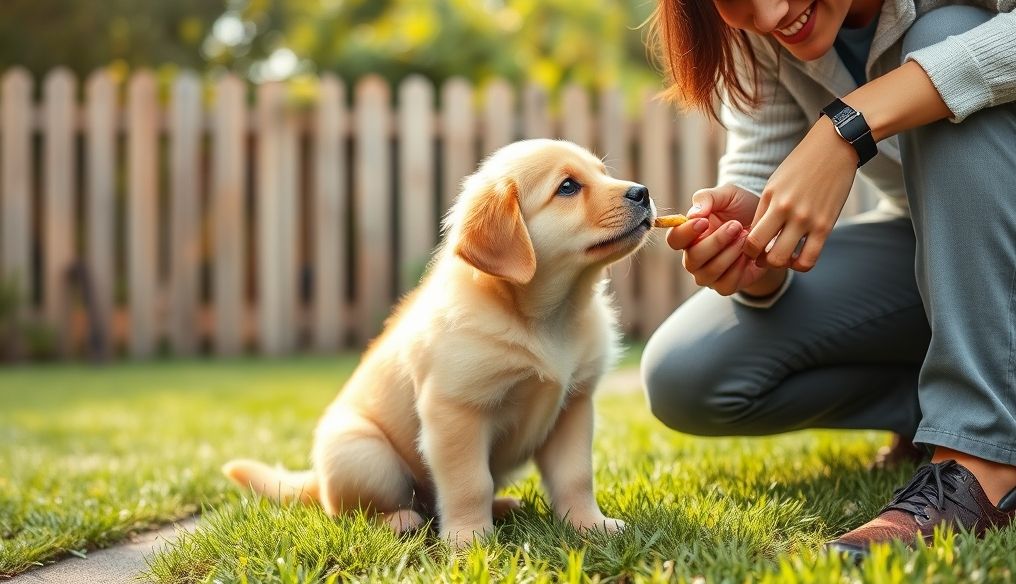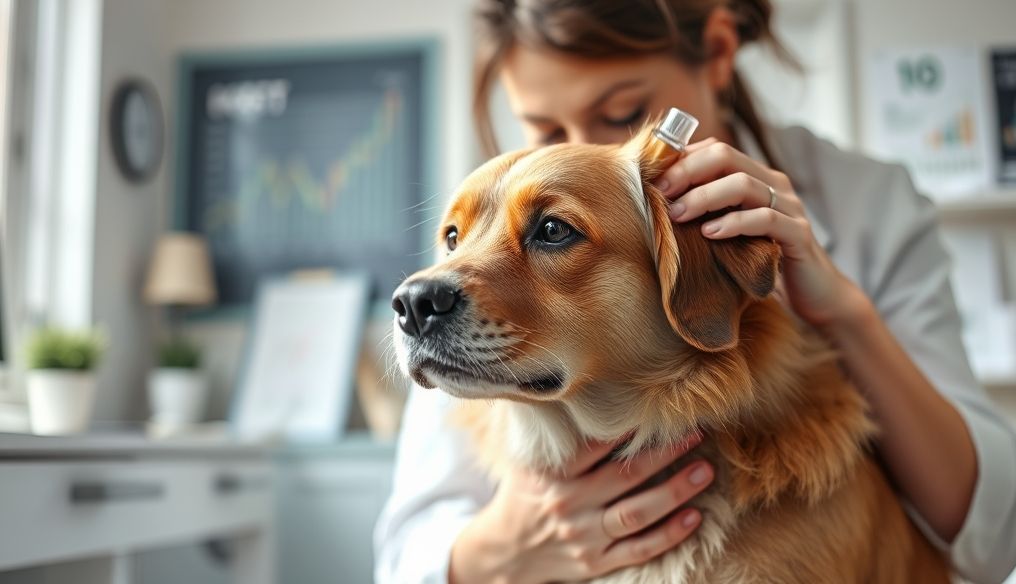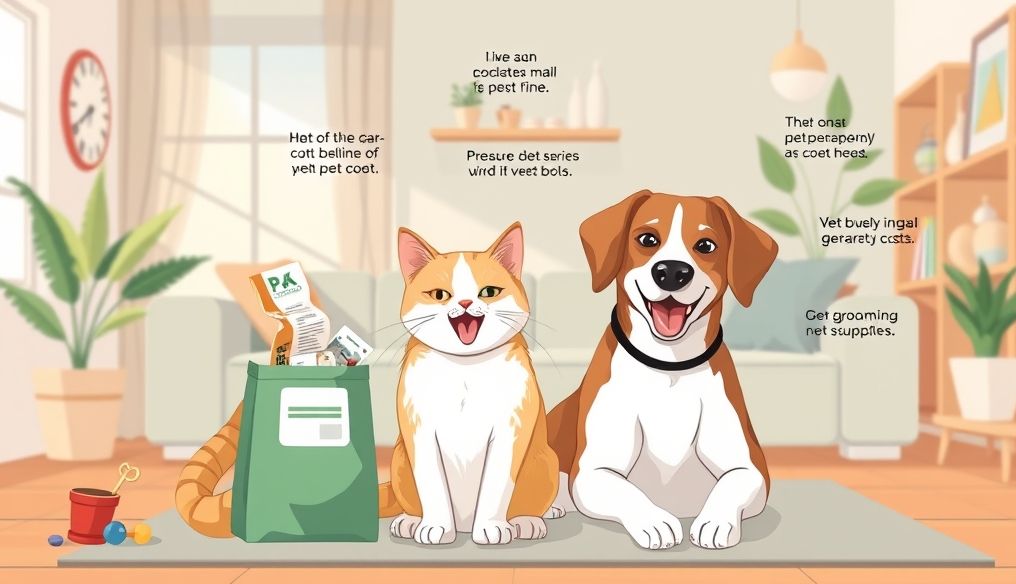What Human Foods Are Toxic to Cats and Dogs and How Can We Protect Our Pets?
Providing food for our pets is part of our care for them, but we must be careful about what we offer. Some foods that we consume daily can be toxic to cats and dogs, which can lead to serious health problems and even death. In this article, we will review a list of human foods that are toxic to cats and dogs and how to protect our pets from these dangers.
Chapter 1: Introduction to the Toxicity of Human Foods for Pets
Cats and dogs have different digestive systems than humans, making them more susceptible to the effects of foods that do not harm us. Some chemicals in human foods can be toxic to them, even in small amounts. It is essential to be aware of these foods to avoid any unintentional harm to our pets.
Chapter 2: Common Toxic Foods for Cats and Dogs
Chocolate
Chocolate is one of the most dangerous foods for dogs and cats. Chocolate contains theobromine, a chemical toxic to pets. Theobromine can cause heart and nervous system problems and can lead to death. The degree of toxicity varies depending on the type of chocolate (dark chocolate is more toxic than milk chocolate), the amount consumed, and the size of the pet.
Onions and Garlic
Onions and garlic, whether raw, cooked, or dried, contain sulfur compounds that can damage red blood cells in cats and dogs, leading to anemia. Even small amounts of onions and garlic can be harmful, especially to cats.
Grapes and Raisins
The exact cause of grape and raisin toxicity is still unknown, but these fruits can cause sudden kidney failure in dogs and cats. Even a small amount of grapes or raisins can be dangerous, so they should be avoided entirely.
Avocado
Avocado contains a substance called persin, which is toxic to many animals, including cats and dogs. Persin can cause vomiting and diarrhea in dogs and may be more toxic to cats.
Artificial Sweeteners (Xylitol)
Xylitol is a common artificial sweetener used in many sugar-free products, such as gum and toothpaste. Xylitol is highly toxic to dogs, as it can cause a massive release of insulin, leading to a dangerous drop in blood sugar (hypoglycemia) and liver failure. Even a small amount of xylitol can be fatal.
Alcohol
Alcohol is toxic to cats and dogs just as it is to humans, but its effect is much stronger due to their small size. Alcohol can cause brain and liver damage and can lead to death. Giving pets any alcoholic beverages or foods containing alcohol should be avoided.
Raw Bread Dough
Raw bread dough can be dangerous for cats and dogs for two reasons: First, the dough can expand in the stomach, causing severe pain and possible rupture of the stomach. Second, during the fermentation process, the dough produces alcohol, which can cause alcohol poisoning.
Nuts (Especially Macadamia Nuts)
Nuts, especially macadamia nuts, can cause weakness, tremors, and elevated body temperature in dogs. The exact cause of macadamia toxicity is unknown, but giving them to dogs should be avoided.
Salty Foods
Eating large amounts of salty foods can lead to sodium poisoning in cats and dogs. Symptoms include excessive thirst and urination, vomiting, diarrhea, tremors, and seizures. In severe cases, sodium poisoning can be fatal.
Fatty Foods
Fatty foods, such as fatty meats and fried foods, can cause pancreatitis in dogs and cats. Pancreatitis is a painful and serious condition that may require medical treatment.
Chapter 3: Symptoms of Food Poisoning in Cats and Dogs
Symptoms of food poisoning in cats and dogs vary depending on the type of food ingested, the amount, and the size of the pet. However, there are some common symptoms to watch out for:
- Vomiting
- Diarrhea
- Loss of appetite
- Lethargy
- Excessive thirst and urination
- Tremors
- Seizures
- Difficulty breathing
- Loss of consciousness
Chapter 4: What to Do If You Suspect Your Pet Has Been Poisoned
If you suspect that your pet has eaten a toxic food, it is essential to act quickly. Here are some steps to take:
- Call your veterinarian immediately: The veterinarian will be able to advise on the next steps to take.
- Do not try to force the pet to vomit unless advised by the veterinarian: Vomiting can be dangerous in some cases.
- Bring a sample of the food you think your pet has eaten: This will help the veterinarian identify the type of poison and determine the appropriate treatment.
- Monitor your pet closely for any symptoms: Note any symptoms you observe to inform the veterinarian.
Chapter 5: Prevention is Better Than Cure
The best way to protect your pet from food poisoning is to prevent it from happening in the first place. Here are some tips for prevention:
- Keep toxic foods out of your pet's reach: Store toxic foods in places that your pet cannot access.
- Do not feed your pet table scraps: It is best to feed your pet food specifically designed to meet its nutritional needs.
- Be careful about what falls on the floor: Clean up any food that falls on the floor immediately to prevent your pet from eating it.
- Teach your children about toxic foods for pets: Make sure your children know which foods they should not share with their pets.
- Read food labels carefully: Before giving your pet any new food, be sure to read the label carefully to make sure it does not contain any toxic ingredients.
Chapter 6: Healthy and Safe Snack Alternatives
Instead of sharing human foods with your pets, there are many healthy and safe snack options that you can offer them:
- Snacks specifically designed for cats and dogs: Many commercial snacks are specifically designed to meet the nutritional needs of cats and dogs.
- Some safe fruits and vegetables: Some fruits and vegetables can be given to cats and dogs in small amounts as a snack, such as carrots, cucumbers, and apples (without seeds).
- Cooked lean meats: Small pieces of cooked lean meat can be given to cats and dogs as a snack.
Chapter 7: Common Myths About Pet Nutrition
There are many common myths about pet nutrition that should be avoided:
- "Dogs and cats can eat anything": This is not true. As mentioned earlier, there are many foods that are toxic to cats and dogs.
- "Feeding pets table scraps is a good way to reduce waste": This may be true in theory, but it is best to feed your pet food specifically designed to meet its nutritional needs.
- "Commercial snacks are unhealthy": This is not always true. There are many healthy commercial snacks that you can offer your pet.
Chapter 8: Consult Your Veterinarian
If you have any questions or concerns about your pet's nutrition, it is best to consult your veterinarian. The veterinarian can advise on the best diet for your pet based on its age, health, and individual needs.
Conclusion
The health of our pets is a top priority, and avoiding toxic foods is an essential part of their care. By knowing which foods to avoid and taking the necessary precautions, we can ensure a healthy and happy life for our animal companions.
